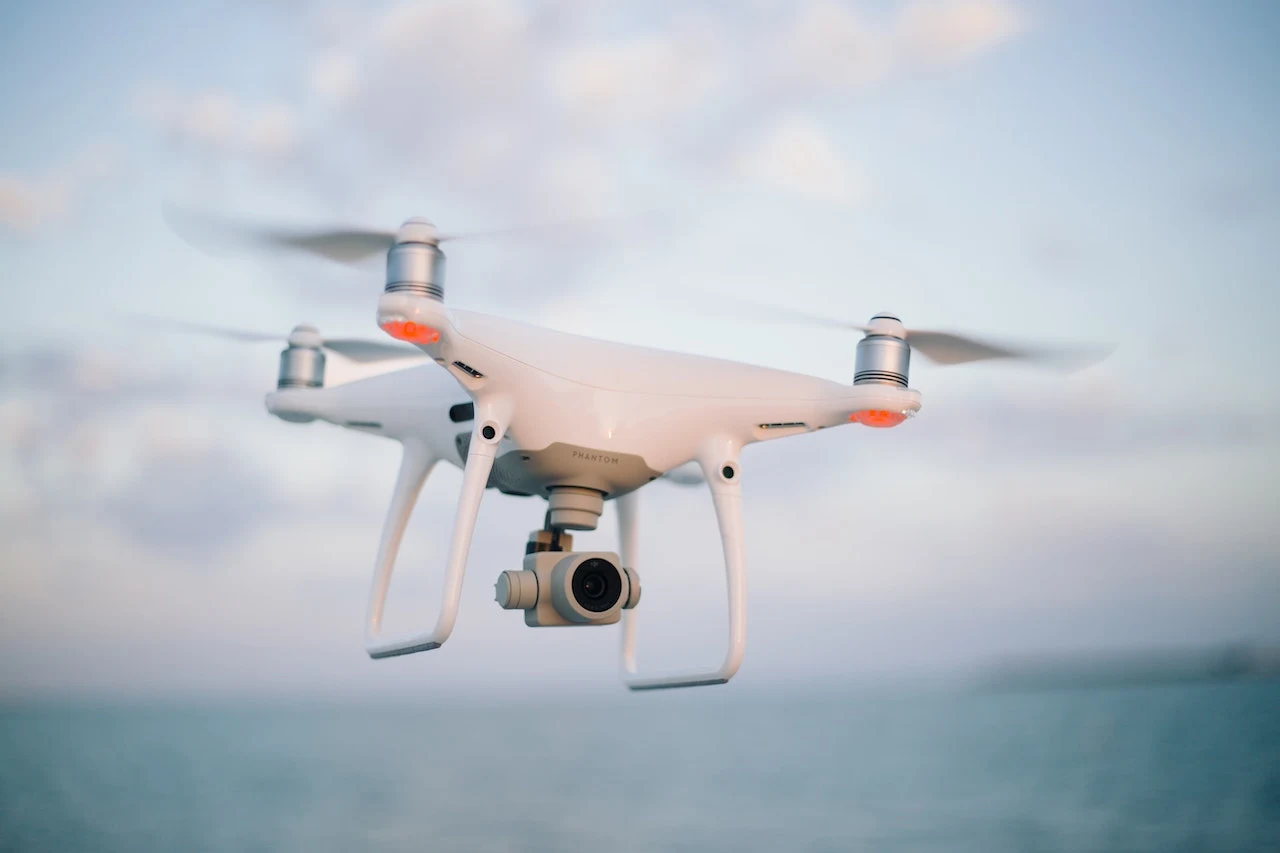
Drones now play an increasingly important role in public safety
thanks to the wide range of services they can provide in times of crisis. In
this setting, drones can complement and supplement existing public safety
services in five ways.
Drones
can be used for a variety of purposes, including search and rescue missions,
because of the unique perspective they provide from above and the speed with
which they can cover enormous areas.
The rapid data collecting and analysis they provide also makes them vital in assessing and evaluating disaster damages. Drones are useful in responding to incidents involving hazardous materials since they help reduce the number of people exposed to toxins.
Airborne Observation and Detection
Drones' ability to watch and observe from above is vital to public safety operations since it allows for a more all-encompassing view of the surrounding environment. Drones with high-resolution cameras and thermal imaging technologies make it easy to keep an eye on expansive areas quickly.
These unmanned aerial systems provide a live video feed that can be used for various purposes, including but not limited to assessing crime scenes, monitoring public events, and assisting with traffic control.
The ability to
see the big picture allows for better decision-making, more efficient resource
management, and quicker reactions to unexpected events. Using drones' features,
you can improve your monitoring and surveillance activities, which will help to
ensure the community's security.
Missions of Rescue and Search
Drones offer a significant advantage in the speed and efficiency of search and rescue operations and should be used wherever possible. Drones can quickly survey large regions using thermal imaging and GPS technologies, increasing the likelihood of finding lost or stranded people.
They are extremely useful for rescue teams because they can navigate difficult and dangerous environments like deep forests and steep slopes. Search and rescue operations benefit greatly from the use of police drones since they help save time and increase the chances of success.
Drones' bird's-eye
view helps rescue teams and the people they're trying to help navigate the
dangerous terrain and spot dangers before they happen.
Taking Stock of the Damage after a Natural
Disaster
Drones greatly improve the speed and accuracy of disaster assessment and damage appraisal. Drones with cameras can be deployed in the aftermath of natural catastrophes like earthquakes, floods, or hurricanes to quickly survey the damage to infrastructure and pinpoint problem areas.
These crewless aircraft capture aerial photographs and videos that help rescue workers prioritize their efforts and allocate resources more efficiently. Drones equipped with sophisticated sensors can also identify gas leaks, structural problems, and other threats, protecting rescue workers.
Drones are crucial in expediting catastrophe
assessment, supporting quicker decision-making, and enabling more effective
response and recovery activities due to their ability to explore hard-to-reach
regions and give real-time data.
Reactions to Incidents Involving Dangerous
Substances
Drones are a useful tool for remotely analyzing and minimizing risks, and their use during responses to incidents involving hazardous materials greatly improves reaction times.
Drones
can remotely gather samples and evaluate hazardous substances thanks to their
sophisticated sensors and sampling systems, delivering crucial data for quick
decision-making.
By relaying this information to authorities, drones help keep people safe during containment and cleanup operations. The public safety officers involved in the response operation can rest easy knowing that they can access dangerous regions and successfully negotiate difficult terrain.
Responses to incidents involving
hazardous materials can be handled more quickly and effectively using drones,
allowing for earlier risk assessment and the execution of countermeasures to
protect rescuers and the community.
Safety in Crowds and Other Public Issues
Drones offer a unique vantage point from above, which is invaluable for the safe and efficient management of large-scale events and crowds. Drones with cameras and crowd-monitoring software let you keep tabs on crowd activity and spot trouble spots from a safe distance.
The safety of the event's guests and the general
public can be ensured by your rapid handling of unforeseen problems thanks to
your in-the-moment situational awareness.
Police departments can
benefit from drones in terms of preserving order and safety since the data they
collect on crowd dynamics is used to allocate resources better and take
preventative steps. You may efficiently handle concerns, improve public safety,
and provide a secure atmosphere for all those involved in the event by
utilizing the capabilities of drones in crowd surveillance.
Conclusion
Drones are becoming
increasingly important in public safety due to the myriad of ways they may aid
in disaster response and community protection. Their work assessing disasters
and evaluating damages helps them make smart decisions and allocate resources
effectively. Drones can safely collect data and analyze substances at a
hazardous material incident scene without harming humans.
In addition, drones make
it easier to keep an eye on the crowd and keep the public safe at huge events.
Drones have revolutionized emergency response and contributed to safer
communities; their potential applications in public safety services are only
expected to grow as technology advances.



If you have any doubt related this post, let me know